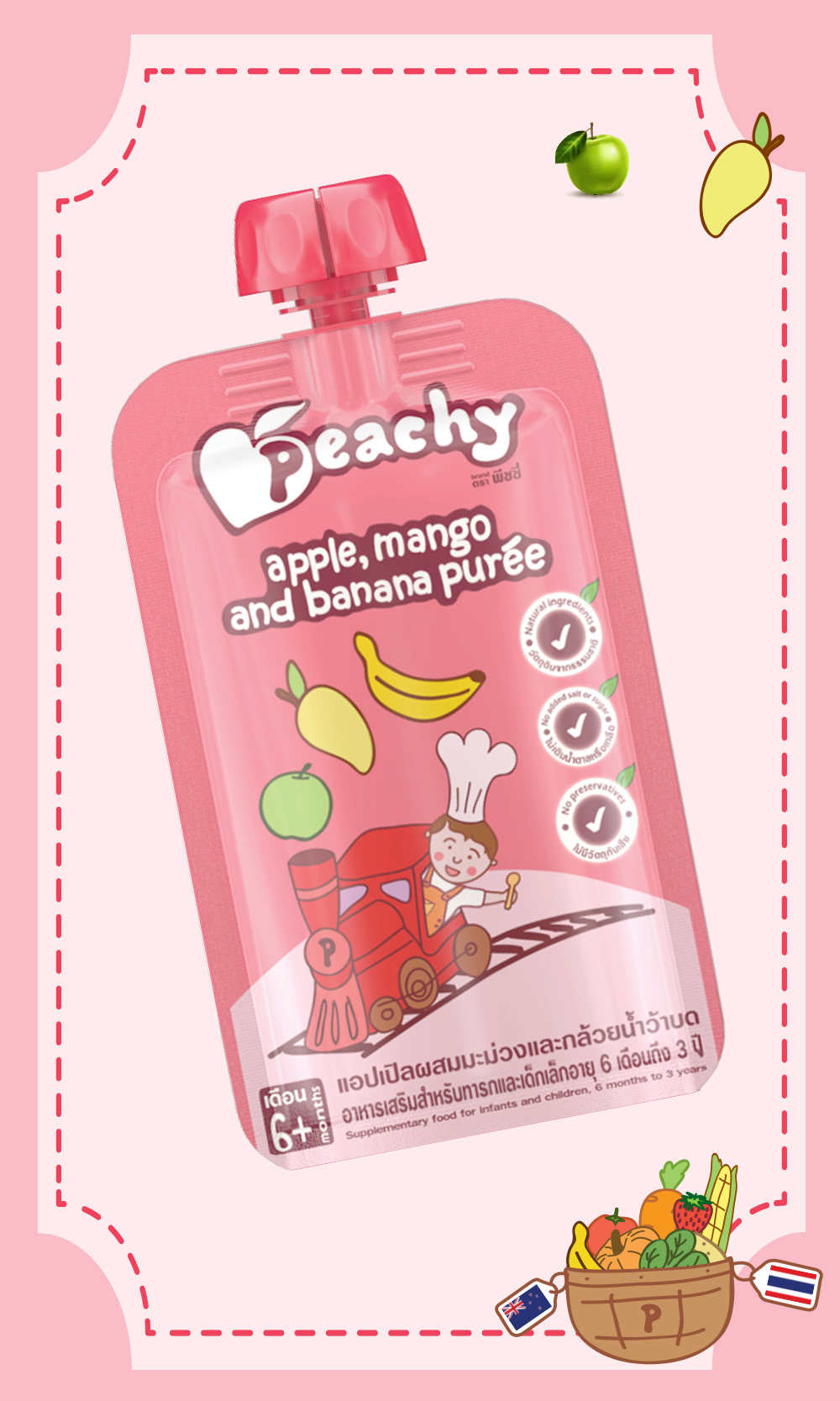Description
Understanding Juice and Its Nutritional Value
Juice, a popular beverage derived from the extraction of liquids from fruits and vegetables, varies significantly in its composition and nutritional value. There are several types of juice available in the market, the most notable being 100% fruit juice, vegetable juice, and juice blends. Each type offers a unique set of nutrients that contribute to a balanced diet. For instance, 100% fruit juice is packed with essential vitamins, including vitamin C, and vitamins A and K in vegetable juices, while juice blends often combine attributes from various sources to enhance flavor and nutrient diversity.
The nutritional components of juice are largely determined by the source ingredients utilized. Many juices are rich in antioxidants, which play a critical role in combating oxidative stress in the body, thus promoting overall health. Additionally, juices often contain vital minerals such as potassium and magnesium, which are important for maintaining fluid balance and supporting muscle function. However, it is essential to distinguish between fresh, homemade juice and store-bought varieties. The latter can occasionally have added sugars and preservatives, which may alter the beneficial properties of the juice.
One common misconception about juice is its sugar and calorie content. While it is true that fruit juices contain natural sugars, they also provide numerous health benefits when consumed in moderation. Compared to whole fruits, juices can lack fiber, which in turn influences satiety and nutrient absorption. Therefore, practicing moderation and being mindful of portion sizes is crucial when incorporating juice into one’s diet.
For those interested in juicing at home, selecting high-quality produce is paramount. Organic fruits and vegetables are often recommended, as they reduce exposure to pesticides and additives. Understanding the juicing process, including the use of a reliable juicer and maintaining proper hygiene, will ensure that the nutritional integrity of the juice is preserved, thereby maximizing health benefits.
Incorporating Juice into a Healthy Lifestyle
Integrating juice into a balanced diet can be a beneficial way to enhance overall nutrition. However, it is crucial to approach juice consumption with mindfulness to avoid excessive sugar intake. Portion control plays a significant role in this process. Experts recommend limiting juice servings to about 4 to 6 ounces per day, focusing on 100% fruit and vegetable juices without added sugars. This practice helps maintain blood sugar levels while still allowing one to enjoy the flavors and nutrients that juices offer.
When considering how often to include juice in your diet, it is wise to treat it as a supplement rather than as a primary source of nutrition. Limiting juice intake to a few times a week can help ensure that you are benefiting from whole foods, which provide fiber and essential nutrients. For those looking to focus on specific health goals, different juice recipes can be tailored to meet individual needs. For instance, green juices incorporating kale and spinach can aid in detoxification, while a combination of beetroot and ginger juice may offer an energy boost. Meanwhile, coconut water mixed with citrus juices can be excellent for hydration.
In meal planning, juice can serve various roles, from being a refreshing beverage to acting as an ingredient in smoothies or salad dressings. Pairing juice with whole foods, such as pairing a vegetable juice with a salad or whole grain, maximizes nutritional benefits and enhances satiety. This strategy promotes an overall healthier lifestyle where juice contributes to one’s dietary needs without surpassing the balance required for optimal health. Employing these practices will aid in harnessing the health benefits of juice while ensuring a well-rounded, nutritious diet.













